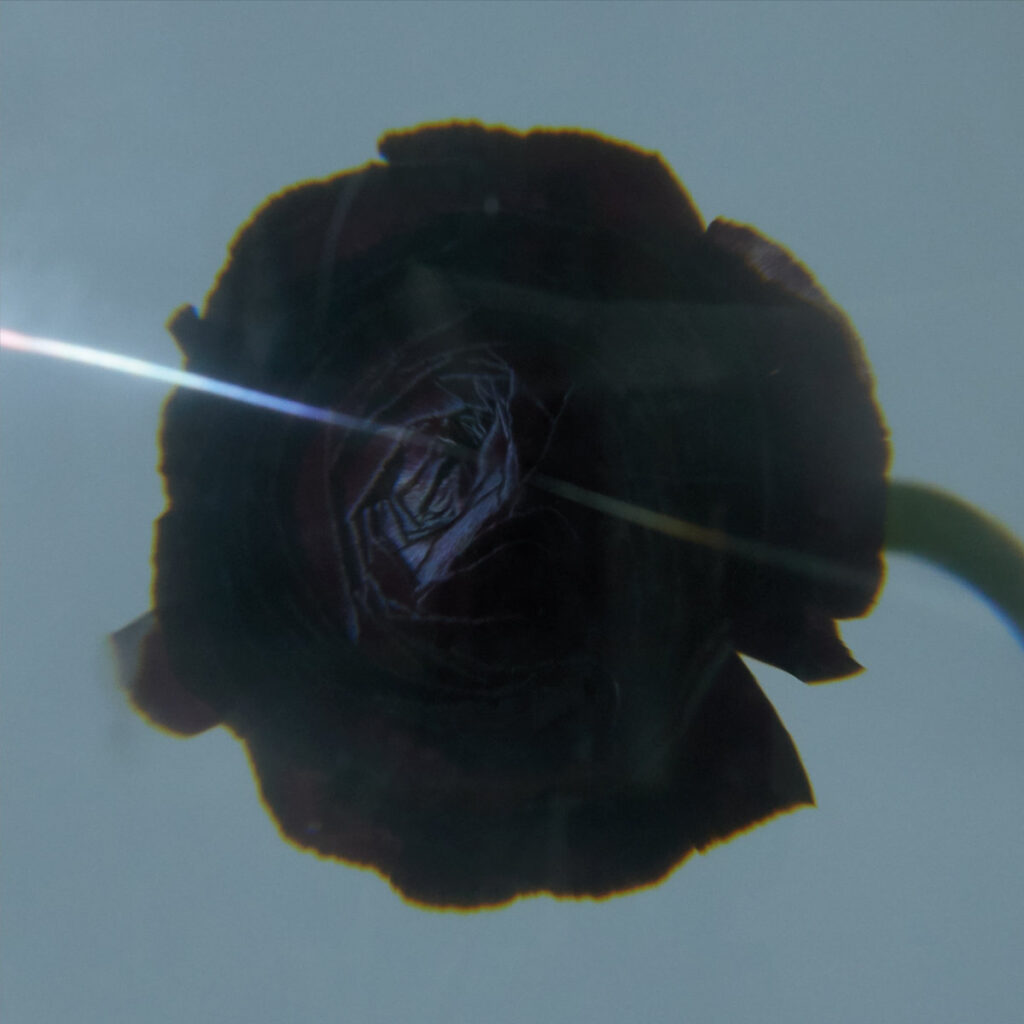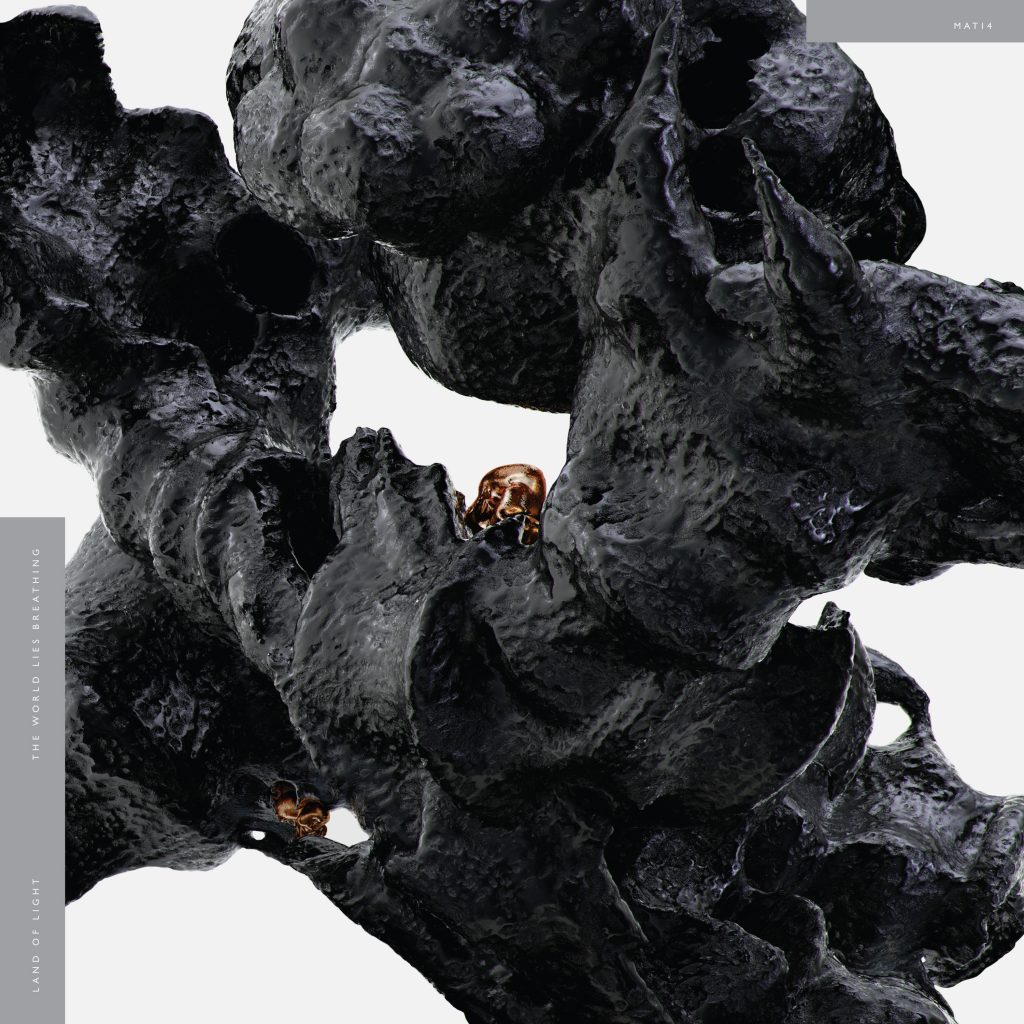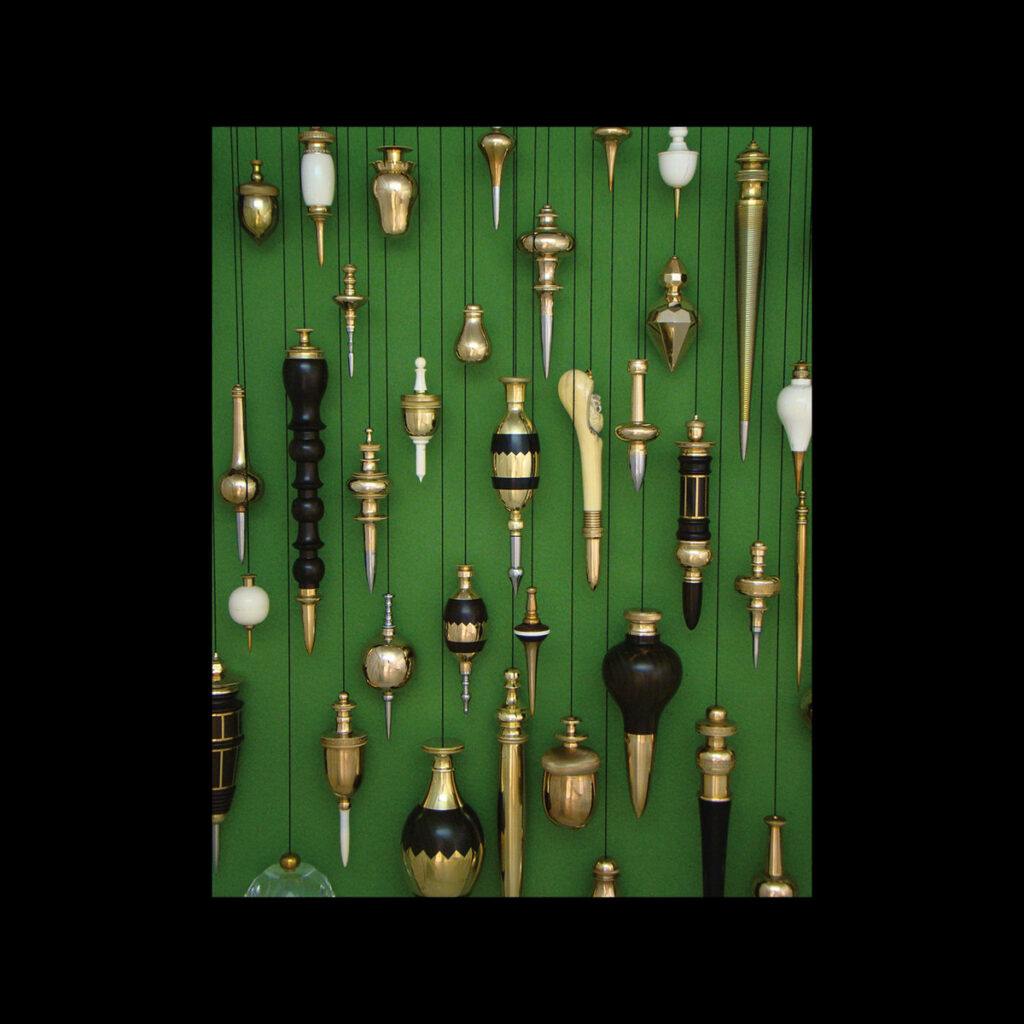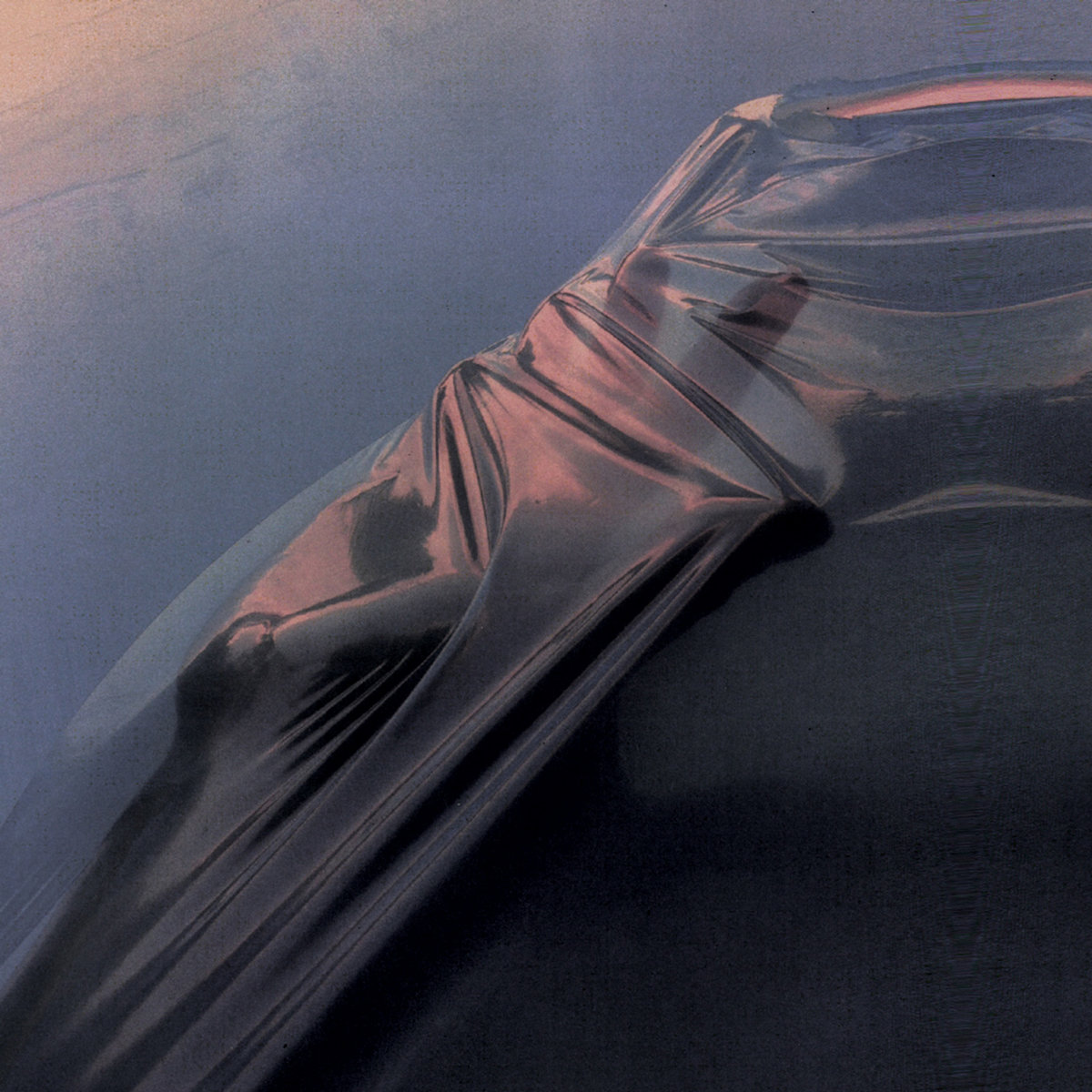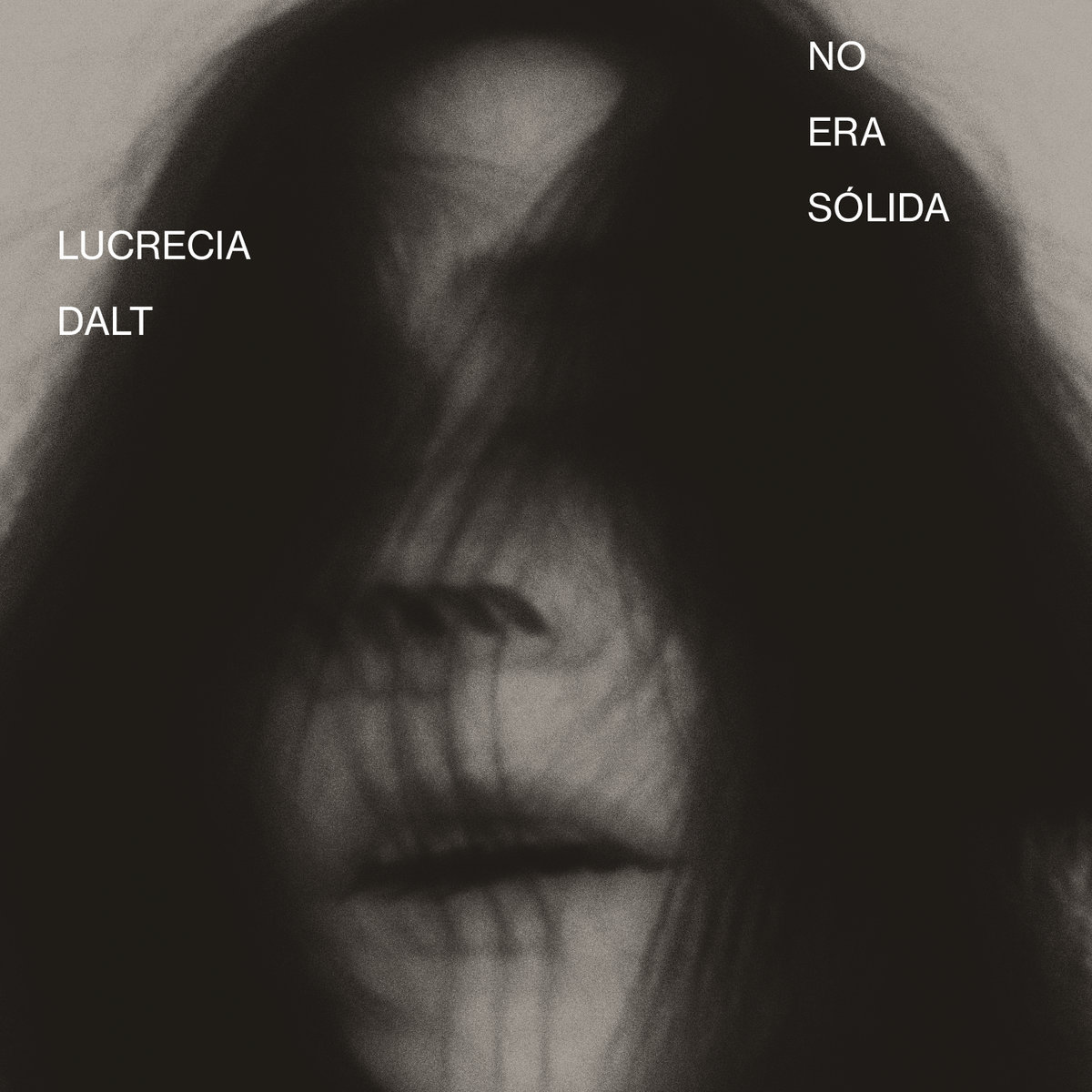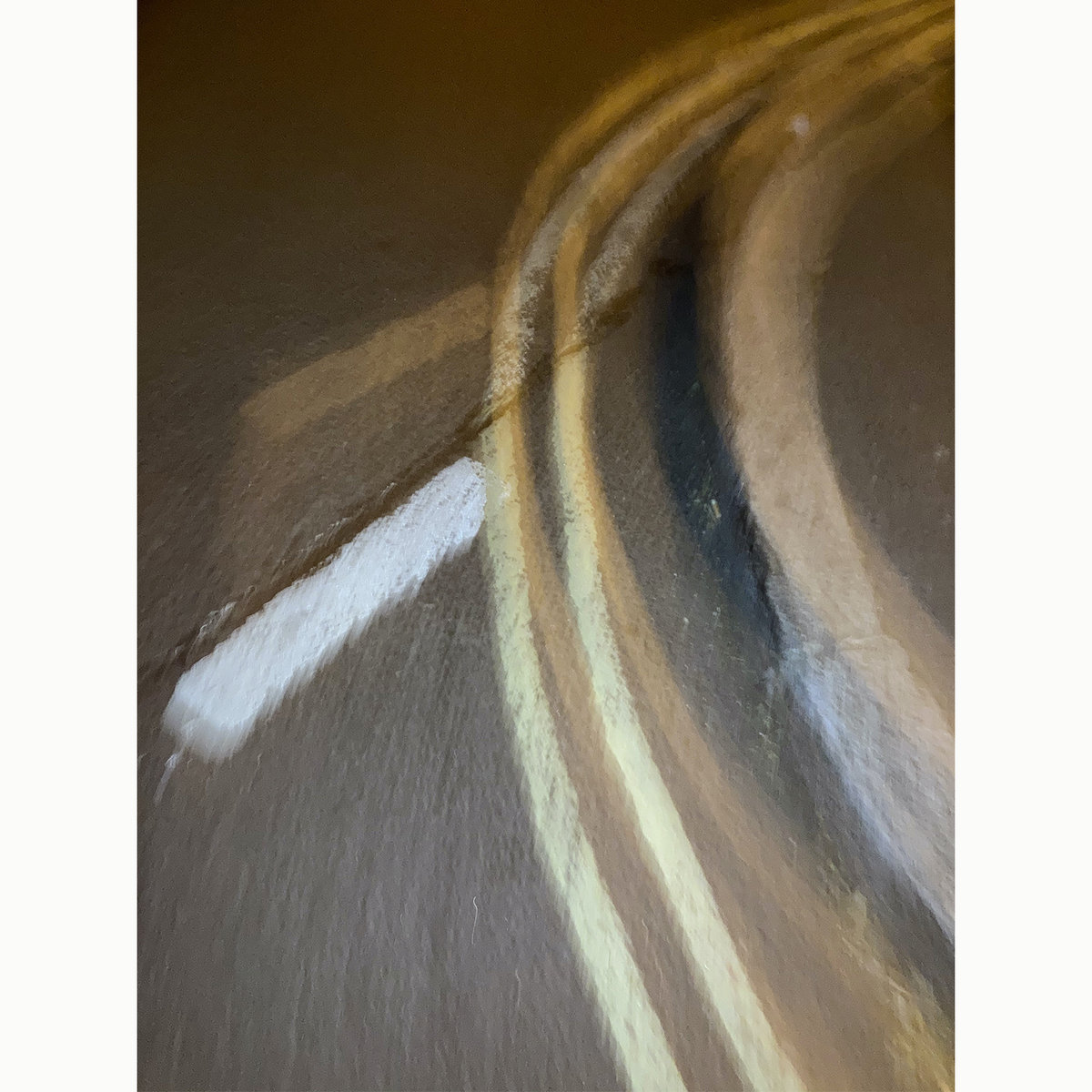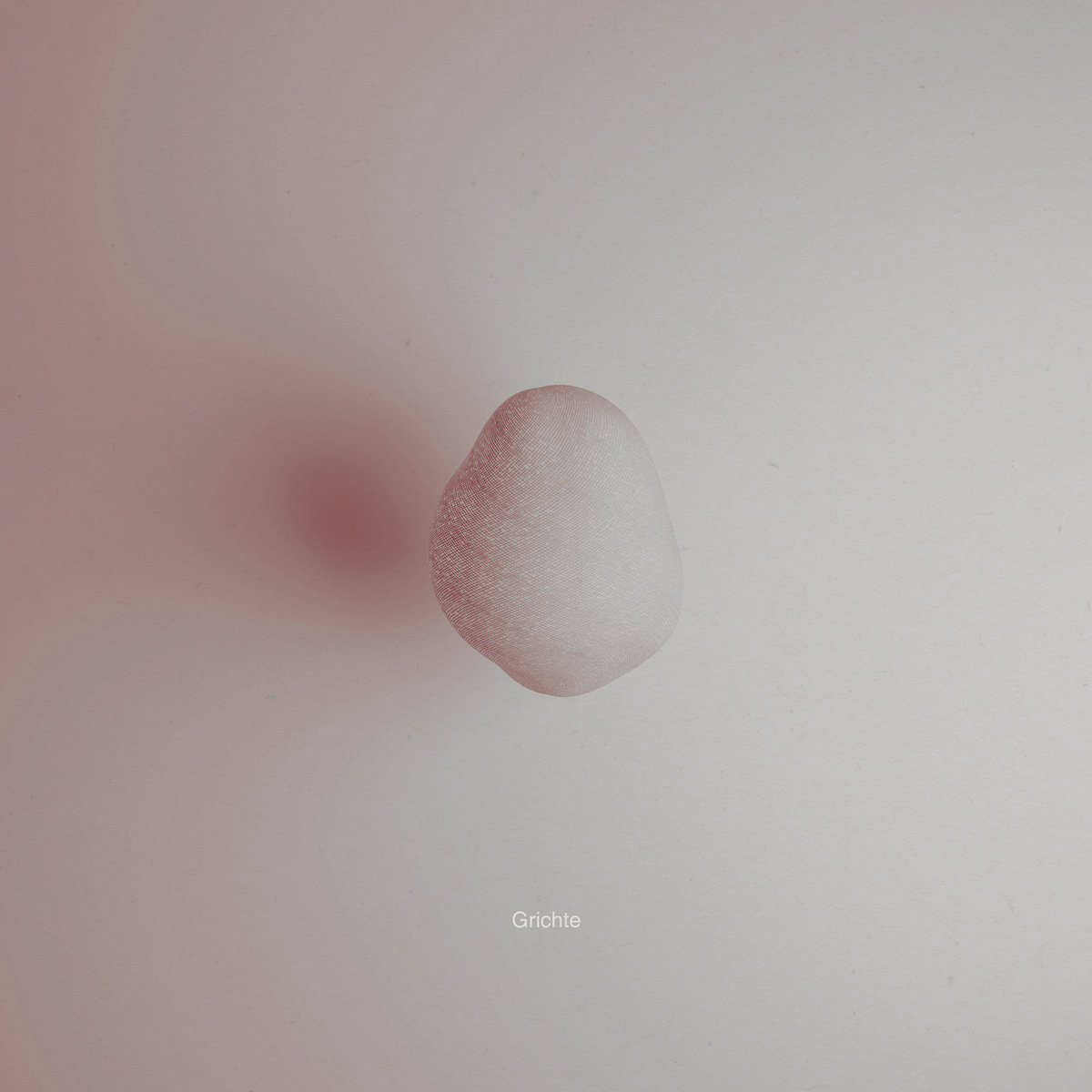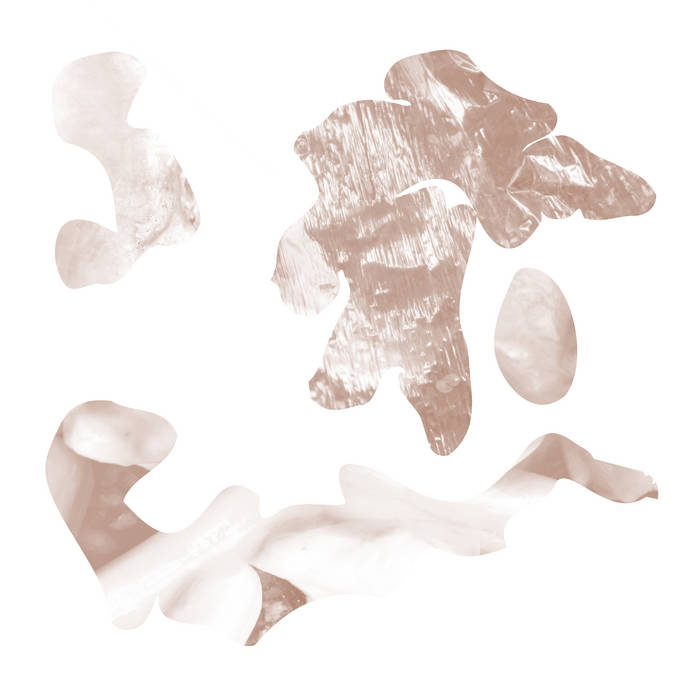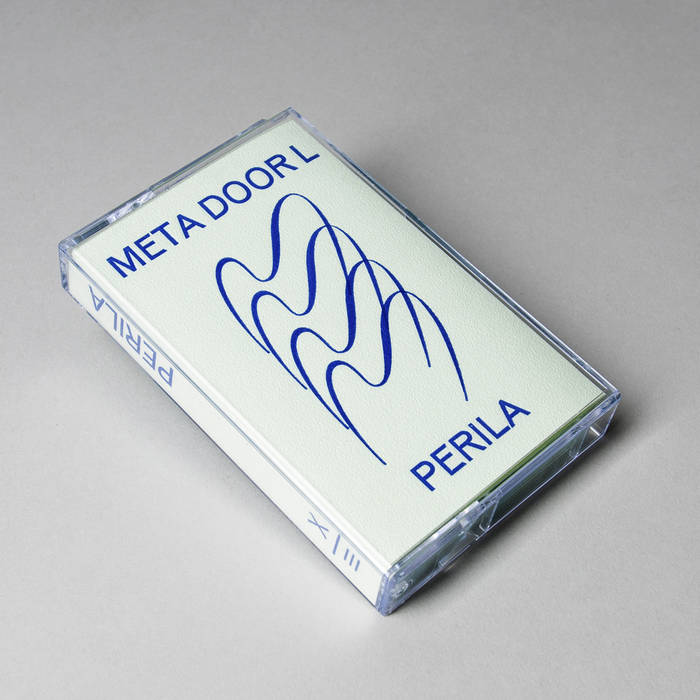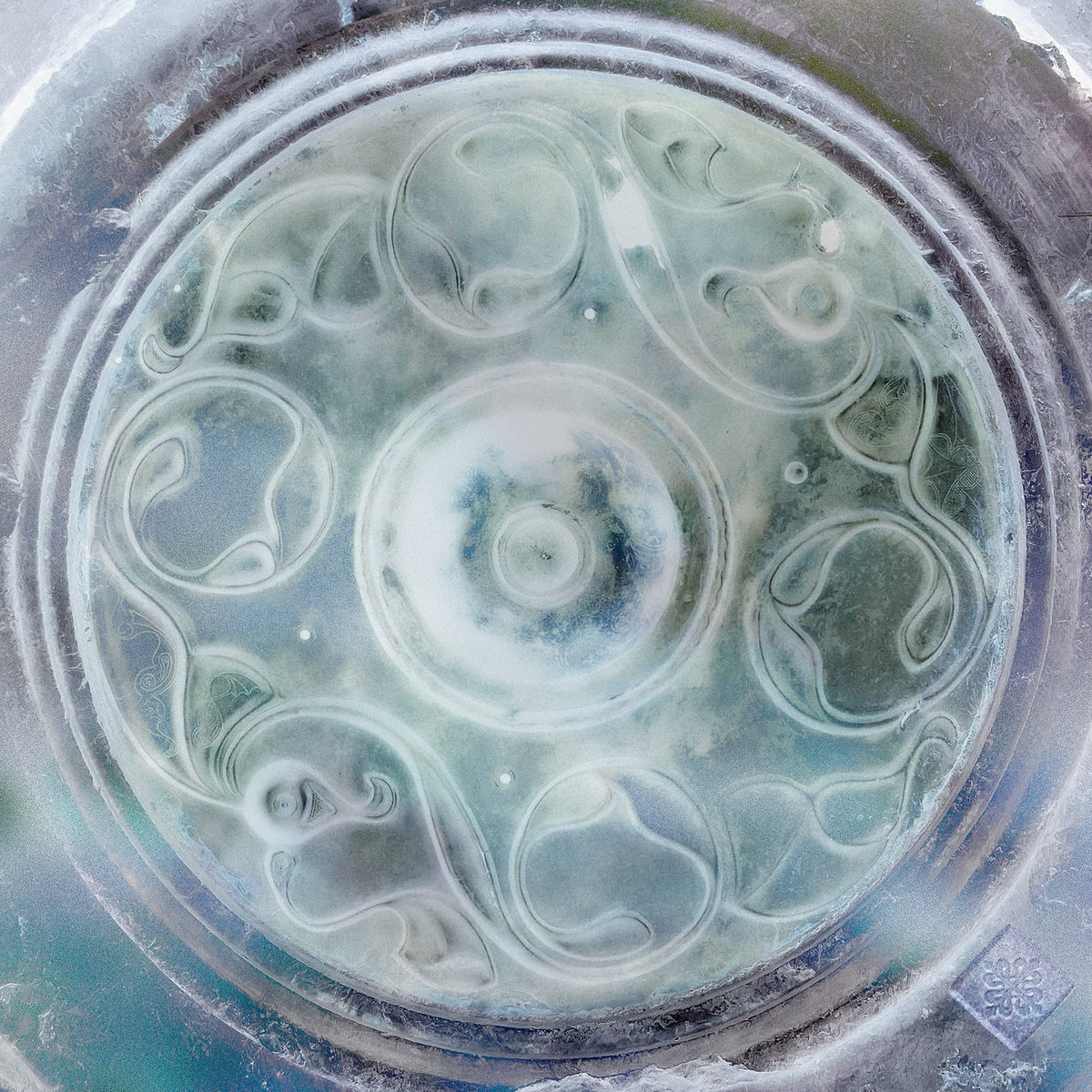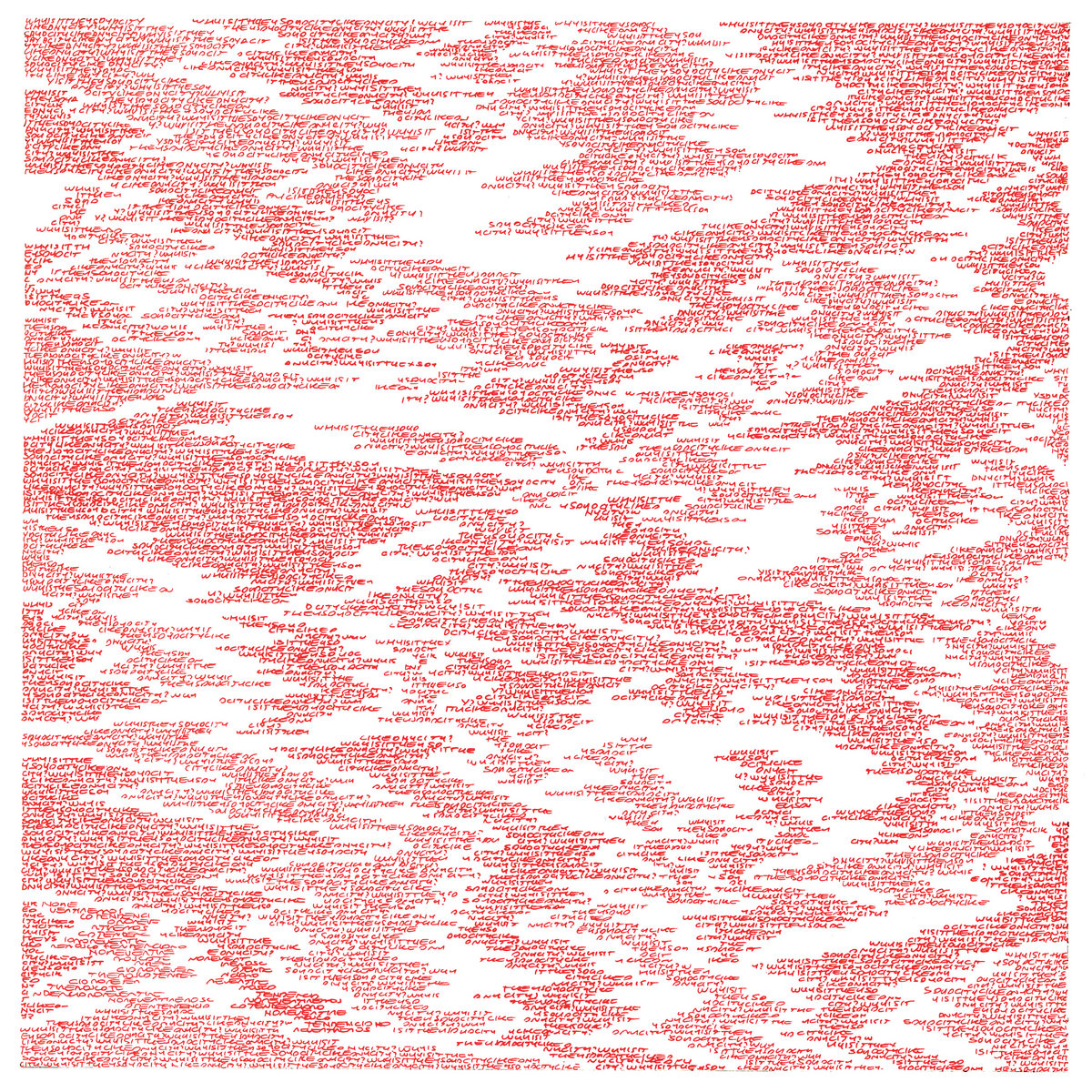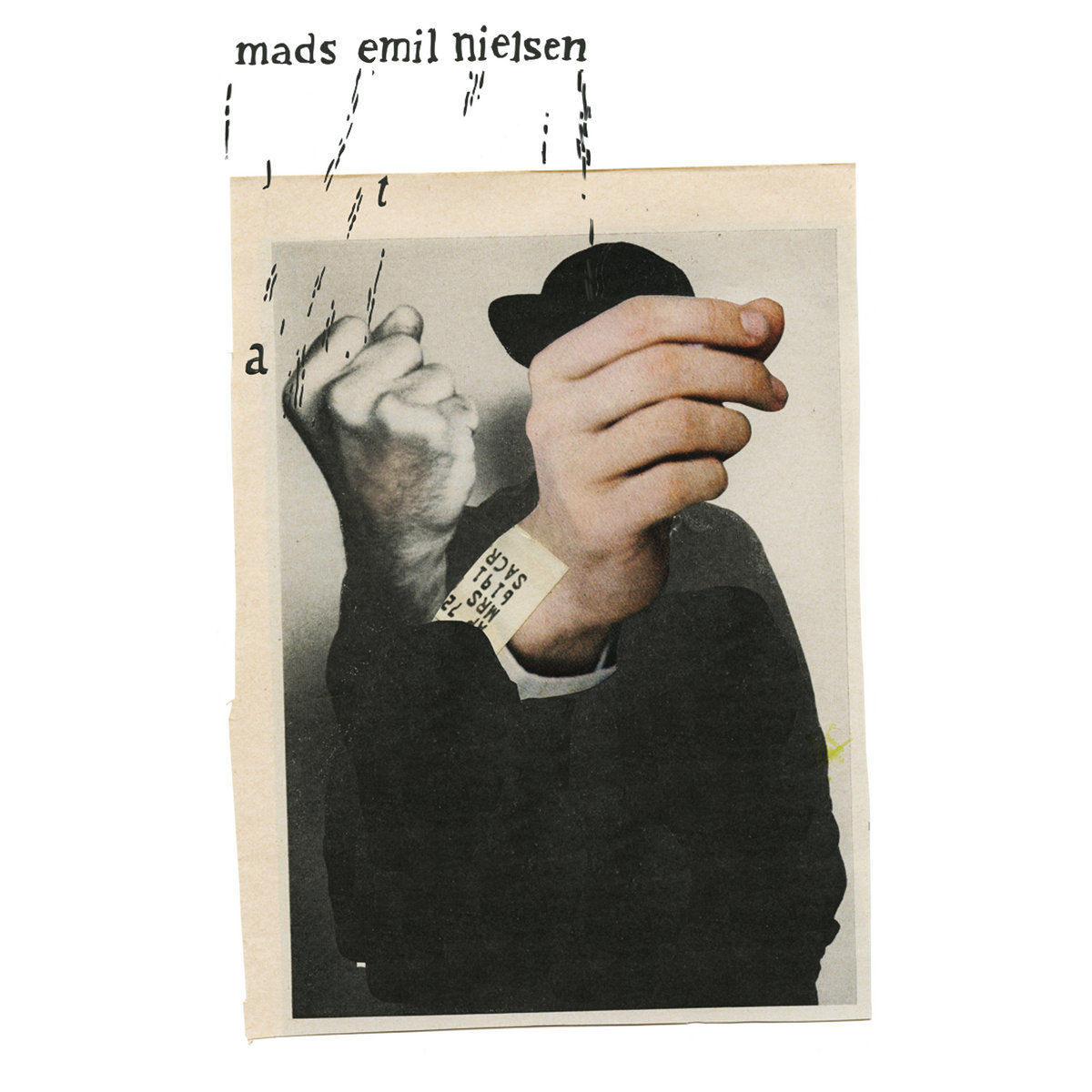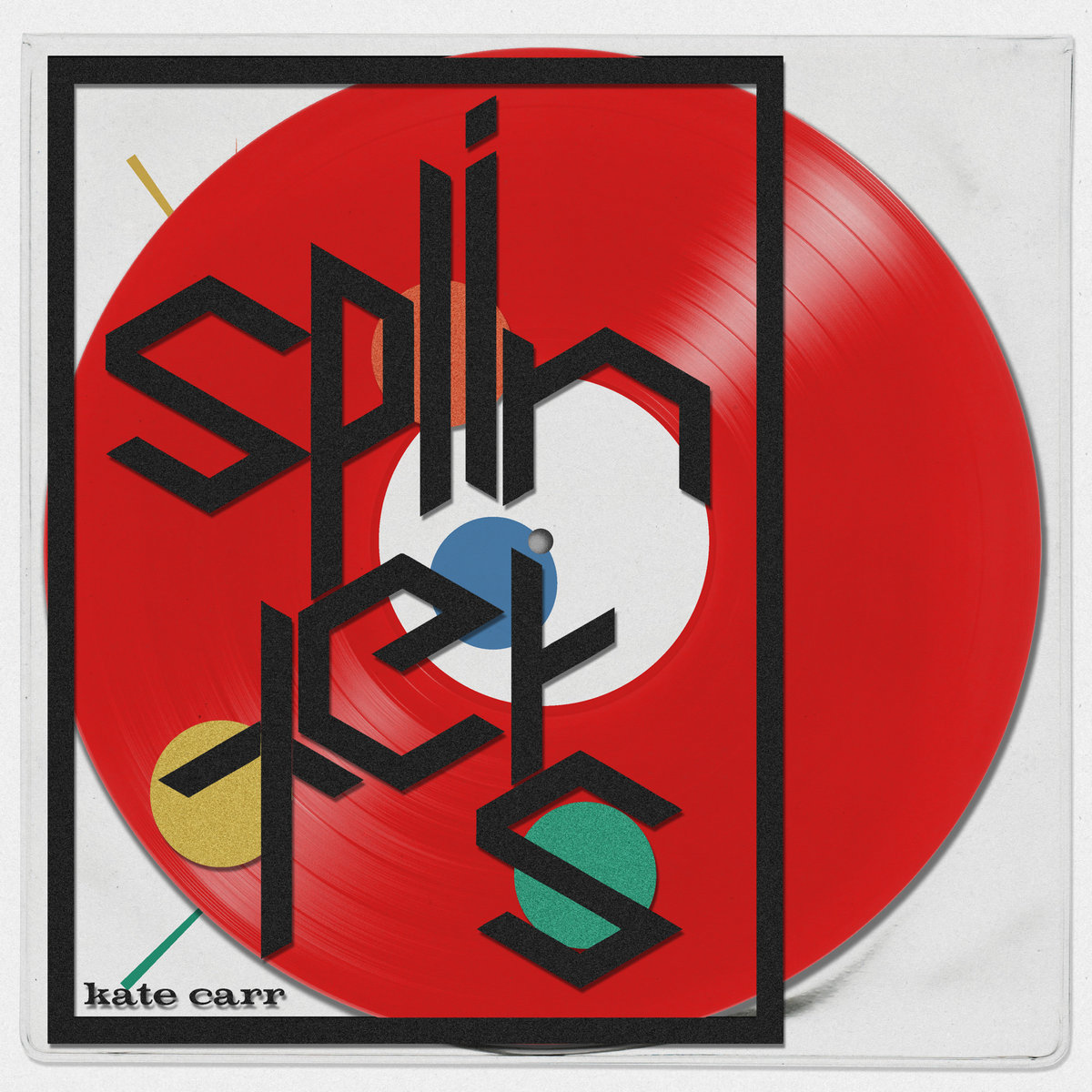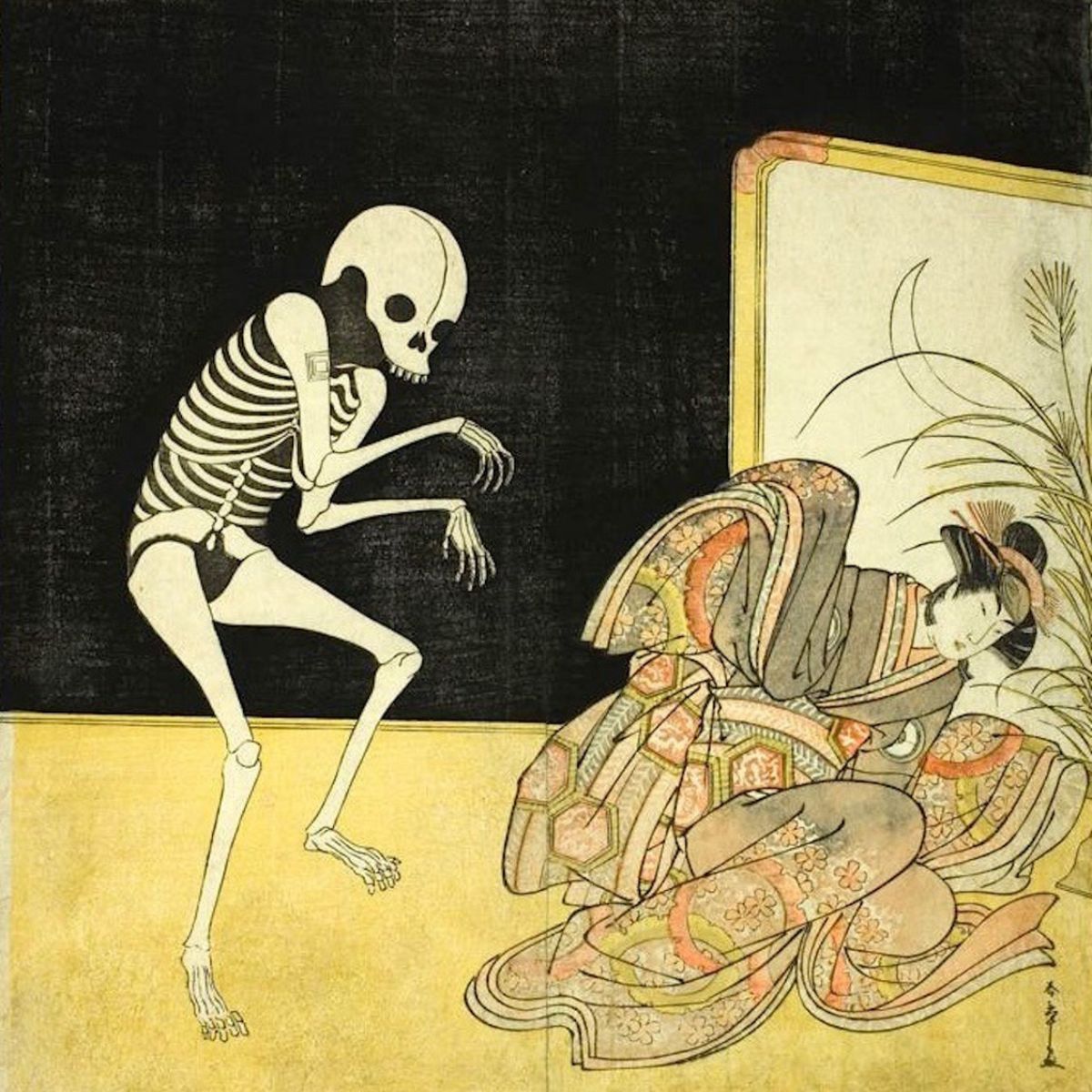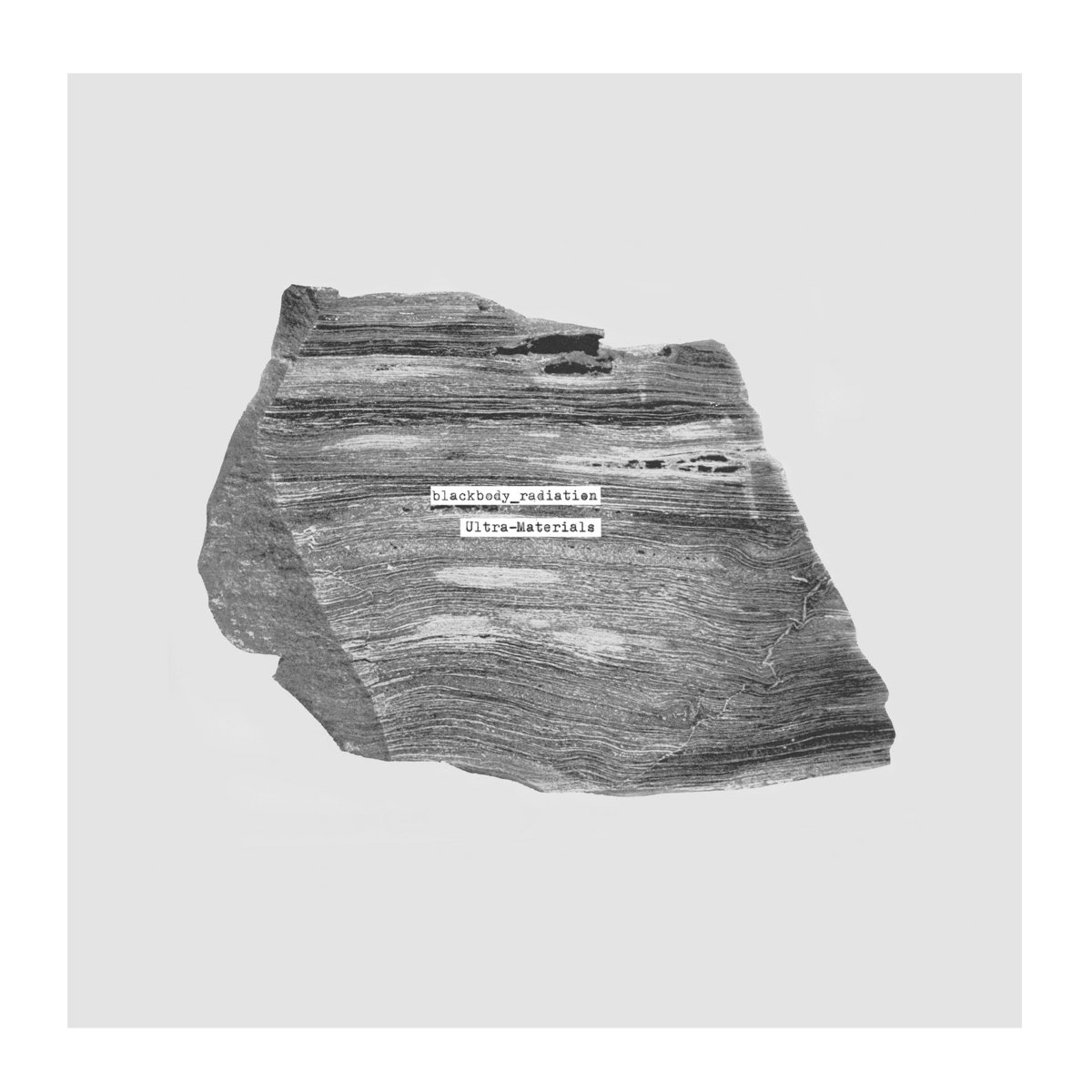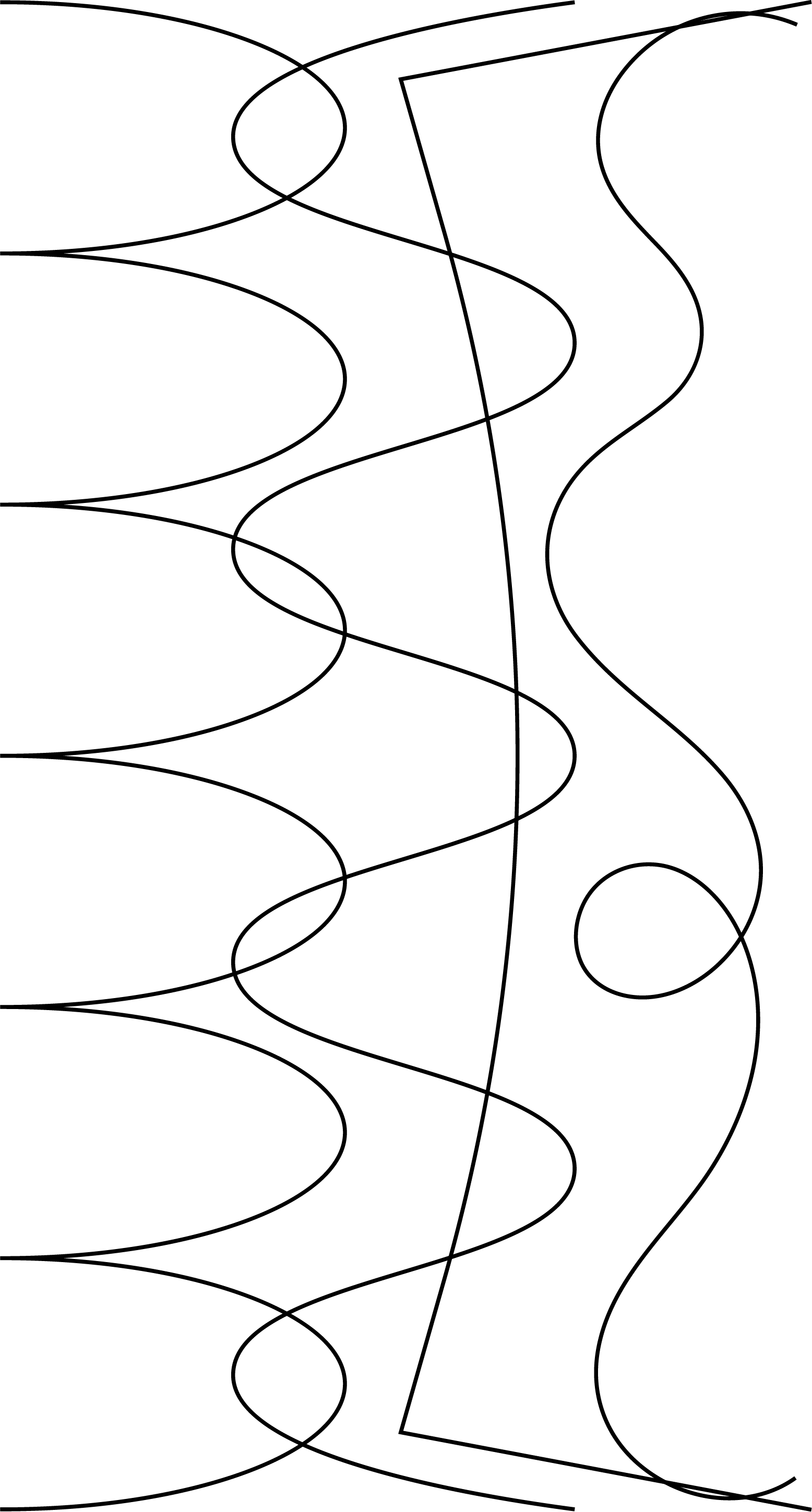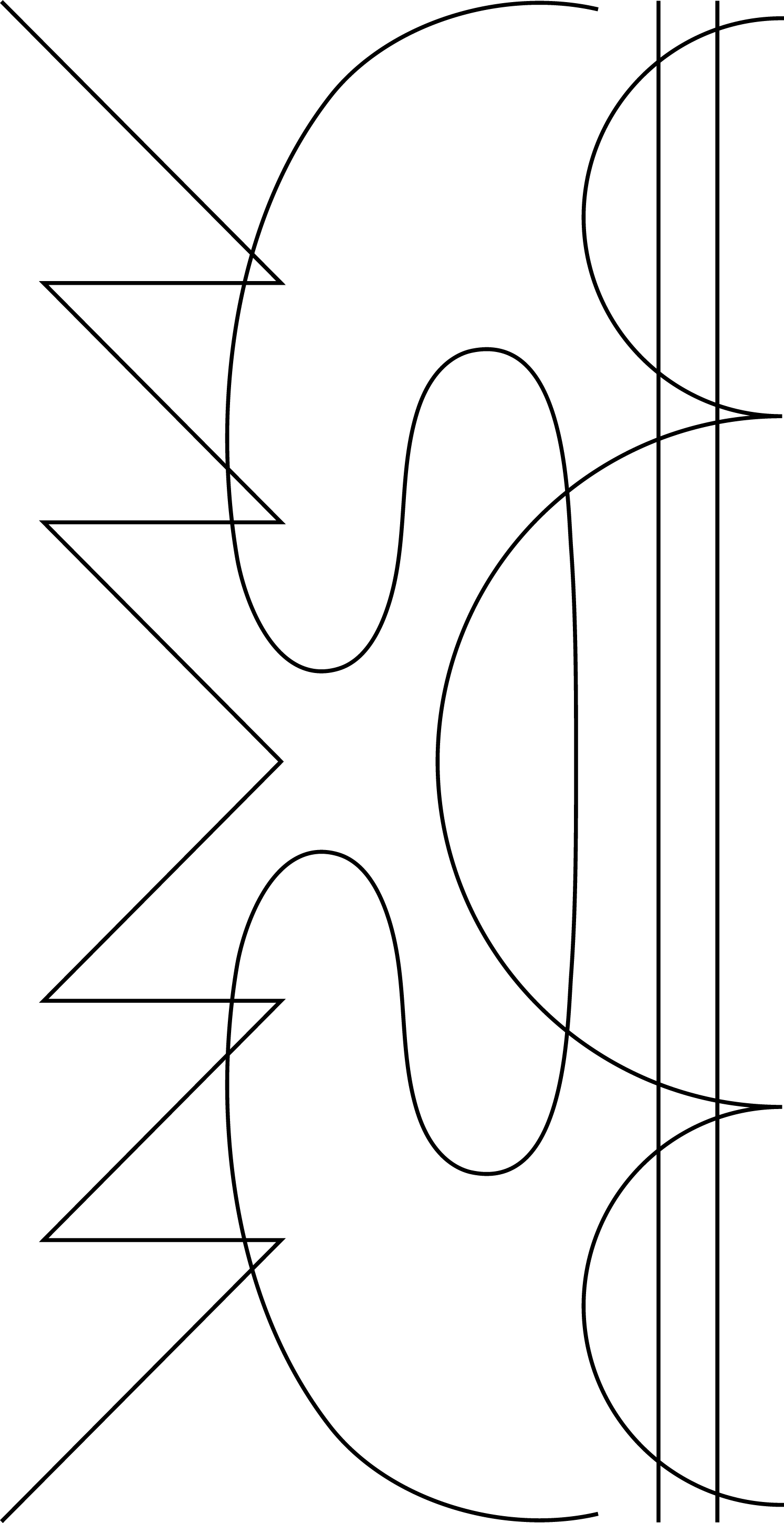€40,00
only 1 left
about the record
Electronic Music from the Eighties and Nineties presents the soothing, hallucinatory side of Stone’s slow-evolving, time-bending composition.
While we can’t always identify the source, we can hear that his sounds come from somewhere, and that there is a “correct” or “complete” version of them in theory; and so we can hear when they are being changed.
What drives Stone’s music is the flow that he draws out of those differences: the way an Indonesian gamelan morphs into a chorus built from one female vocalist over the course of “Mae Yao”’s twenty-three minutes, the surprise emergence of a Mozart chorus out of the synths and skip-glitches of “Sonali,” or the slow, ambient evolution of “Banteay Srey”. “Woo Lae Oak,” issued in a single side edit for the first time, is an exception. Its samples – a tremolo string and a bottle being blown across the top like a flute - are simple in the extreme.
Yet the Stone hallmark is clearly present, he locates the inherent emotional properties of the sounds – the tingling anticipation of the string and the calm nobility of the wind – and takes them into unexpected expressive territory.
- A - Banteay Srey 14:09
- B - Sonali 16:58
- C - Woo Lae Oak 23:07
- D - Mae Yao 23:23
Embed
Copy and paste this code to your site to embed.
€40,00
only 1 left
- A - Banteay Srey 14:09
- B - Sonali 16:58
- C - Woo Lae Oak 23:07
- D - Mae Yao 23:23
Embed
Copy and paste this code to your site to embed.
about the record
Electronic Music from the Eighties and Nineties presents the soothing, hallucinatory side of Stone’s slow-evolving, time-bending composition.
While we can’t always identify the source, we can hear that his sounds come from somewhere, and that there is a “correct” or “complete” version of them in theory; and so we can hear when they are being changed.
What drives Stone’s music is the flow that he draws out of those differences: the way an Indonesian gamelan morphs into a chorus built from one female vocalist over the course of “Mae Yao”’s twenty-three minutes, the surprise emergence of a Mozart chorus out of the synths and skip-glitches of “Sonali,” or the slow, ambient evolution of “Banteay Srey”. “Woo Lae Oak,” issued in a single side edit for the first time, is an exception. Its samples – a tremolo string and a bottle being blown across the top like a flute - are simple in the extreme.
Yet the Stone hallmark is clearly present, he locates the inherent emotional properties of the sounds – the tingling anticipation of the string and the calm nobility of the wind – and takes them into unexpected expressive territory.

